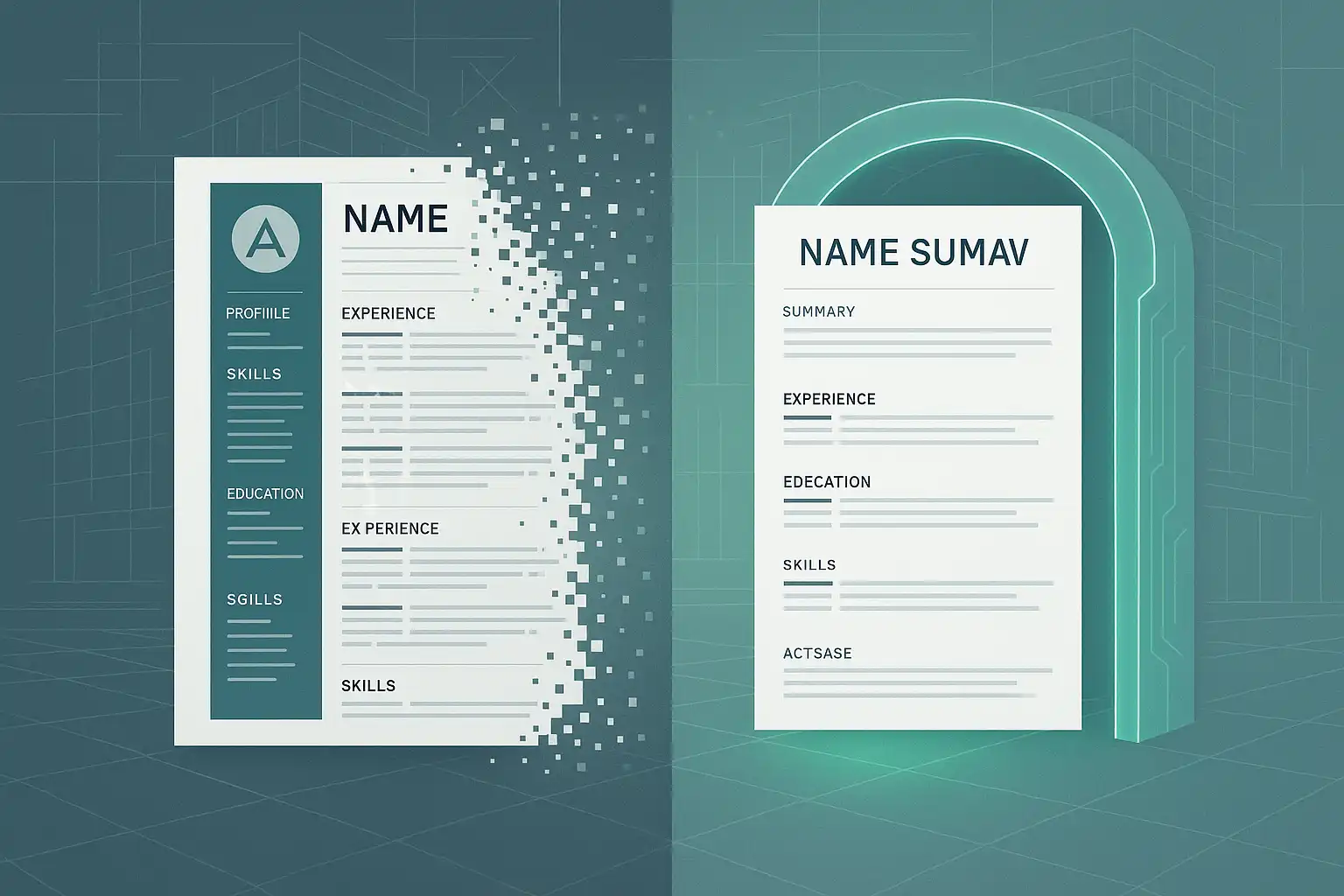- Home
- Articles
- Architectural Portfolio
- Architectral Presentation
- Inspirational Stories
- Architecture News
- Visualization
- BIM Industry
- Facade Design
- Parametric Design
- Career
- Landscape Architecture
- Construction
- Artificial Intelligence
- Sketching
- Design Softwares
- Diagrams
- Writing
- Architectural Tips
- Sustainability
- Courses
- Concept
- Technology
- History & Heritage
- Future of Architecture
- Guides & How-To
- Art & Culture
- Projects
- Interior Design
- Competitions
- Jobs
- Store
- Tools
- More
- Home
- Articles
- Architectural Portfolio
- Architectral Presentation
- Inspirational Stories
- Architecture News
- Visualization
- BIM Industry
- Facade Design
- Parametric Design
- Career
- Landscape Architecture
- Construction
- Artificial Intelligence
- Sketching
- Design Softwares
- Diagrams
- Writing
- Architectural Tips
- Sustainability
- Courses
- Concept
- Technology
- History & Heritage
- Future of Architecture
- Guides & How-To
- Art & Culture
- Projects
- Interior Design
- Competitions
- Jobs
- Store
- Tools
- More
How Architecture Internships Help You Find Work in 2023

Navigating the landscape of architecture internships can be daunting, but it’s a crucial step in building a successful career. Internships offer invaluable hands-on experience, bridging the gap between academic knowledge and real-world application. With the average salary of an intern around $59,000 per year, these opportunities not only provide financial benefits but also pave the way for future employment.
Many architecture firms recognize the potential in their interns, often hiring them as full-time employees after the internship period. Even if a direct job offer isn’t extended, having an internship on your resume significantly boosts your marketability. The key is to turn every task, no matter how mundane, into a learning experience that enhances your skills and prepares you for the next step in your career.
Table of Contents
ToggleUnderstanding the Architecture Internship Landscape
The Role of an Architectural Intern
Architectural interns perform crucial tasks that support the design and construction process. They often prepare construction drawings for various projects, including mechanical, electrical, landscape, and structural elements. Interns create three-dimensional or interactive representations of designs, which help communicate ideas to clients and stakeholders. Additionally, interns may assist with research, client presentations, and administrative tasks within the firm.
Responsibilities can vary significantly by role. A model-making intern works on creating drawings and prototypes, gaining hands-on experience in modeling. Property development interns focus on site visits, research, client interviews, and writing plans. Building design interns handle tasks from concept development to client presentations, covering interior and landscape design. Architectural design interns learn the day-to-day operations within a firm, ranging from assisting with research to contributing to client interactions.

Key Skills and Traits for Success
Architectural interns need a blend of technical and soft skills to thrive. Technical skills include proficiency in software like AutoCAD, BIM, Adobe Photoshop, and Adobe Creative Suite. Other necessary skills might include knowledge of SolidWorks, design layouts, and HVAC systems, depending on the role.
Key soft skills are equally important. Effective communication is crucial for presenting ideas and collaborating with team members. Organizational skills help manage multiple tasks and deadlines efficiently. Attention to detail ensures accuracy in drawings and designs. Adaptability allows interns to handle various responsibilities and learn quickly. Lastly, problem-solving abilities enable interns to address challenges creatively and effectively.
Overall, successful architectural interns blend these skills with a proactive attitude towards learning and contribution. They understand the importance of every task and leverage their experiences to grow as professionals in their field.
Preparing for Your Internship Application
Crafting a Competitive Resume and Portfolio
A compelling resume showcases relevant experience and skills directly related to architecture. Include coursework, software proficiency, and any practical experience like projects or part-time jobs. Tailor your resume to each internship, emphasizing skills and experiences that align with the job description.
A portfolio is equally crucial. It’s a visual representation of your abilities, highlighting your unique perspective and aesthetic. Include drawings, renderings, and other architectural work done in the classroom. Even if you don’t have completed projects, showcase your best creations to demonstrate your potential as an architect.
Navigating the Application Process
Start your internship search by identifying opportunities that match your career aspirations and current skill set. Use online platforms, university career services, and networking events. Once you’ve identified potential internships, carefully prepare your applications. Each application should include a targeted resume, a tailored cover letter, and a portfolio.
In your cover letter, explain why you’re a good fit for the specific internship. Mention relevant coursework, projects, or skills, and reference the company’s work or projects that inspired you. Make sure your portfolio is easy to navigate, with high-quality images and clear annotations.
Capitalizing on Networking for Opportunities
Networking is powerful for finding internships. Attend industry events, webinars, and architecture-related meetups. Connect with professionals on LinkedIn and join relevant groups.
When networking, don’t just seek out what others can do for you. Offer your help and show genuine interest in their work. Follow up on conversations by sending thank-you emails or by connecting on professional networks like LinkedIn. Let your network know you’re searching for internships, as many opportunities arise through word-of-mouth.
By crafting a competitive resume and portfolio, navigating the application process with precision, and capitalizing on networking, we increase our chances of securing a valuable architecture internship.

What to Expect During Your Internship
Typical Responsibilities and Daily Tasks
Interns often handle a variety of tasks that contribute to project development. Tasks include creating construction drawings, which require proficiency in computer-aided design (CAD) software, and developing initial design concepts. Additionally, interns may assist in drafting detailed plans and models for client presentations. Research tasks involve gathering data on materials, costs, and regulations relevant to ongoing projects. By engaging in these activities, interns gain a comprehensive understanding of the workflow in an architectural firm.
Learning to Collaborate and Communicate Effectively
Effective collaboration is crucial in an architectural setting. Interns must work closely with team members, from junior architects to project managers. Clear communication ensures that project goals are met and that any issues are promptly addressed. Interns often participate in client meetings, where they can observe firsthand how to present ideas clearly and professionally. They may also collaborate with engineers, designers, and other professionals to integrate various aspects of a project seamlessly.
Managing Time and Expectations
Time management is essential for interns juggling multiple tasks and meeting project deadlines. Interns should prioritize tasks by understanding the urgency and importance of each. Keeping detailed to-do lists and using project management tools can help track progress and stay organized. Meanwhile, managing expectations involves understanding the scope of responsibilities and seeking clarity when needed. Regular feedback from supervisors helps interns gauge their performance and identify areas for improvement.
Climbing the Career Ladder Post-Internship
From Internship to Employment: Transitioning Effectively
Securing a full-time position after an internship requires strategic steps. First, it’s essential to maintain professional relationships built during your internship. Networking plays a significant role in finding new opportunities and can often lead to job offers within the same firm or through industry contacts. Second, updating your portfolio to include work completed during the internship can demonstrate your practical experience and growth. Highlight specific projects, your role in them, and the skills you utilized or developed.
Third, it’s critical to request recommendation letters from supervisors who can vouch for your skills and work ethic. These letters provide credibility during job applications. Finally, attending industry events and workshops can enhance visibility and show a continuing commitment to professional development.

Building a Career Path in Architecture
Creating a robust career path involves continuous learning and skill expansion. Pursuing additional certifications or advanced degrees can make you more competitive in the job market. Participating in professional organizations such as the American Institute of Architects (AIA) and attending industry conferences can keep you updated on industry trends and allow networking with peers and potential employers.
Additionally, consider specializing in a specific area of architecture such as sustainable design, urban planning, or historical restoration. Specialization can set you apart and make you an expert in a niche area, providing unique opportunities for advancement.
Keeping a proactive approach to career development by consistently seeking new learning opportunities, whether it’s through formal education, workshops, or practical experience, can ensure long-term career growth in architecture.
Conclusion
Architecture internships play a crucial role in forming a successful career by providing invaluable hands-on experience. They enhance our marketability by helping us build essential skills. Interns support the design and construction process through various responsibilities like creating construction drawings, developing designs, and assisting with research.
Securing an internship at an approved site becomes pivotal after completing all required courses in the third year of the BArch program. Logging a minimum of 225 hours is necessary to meet the credit requirements. It’s essential to negotiate fair compensation, with an industry suggestion of a minimum of $15 per hour. This supports the AIA’s commitment to ensuring students are paid for their work unless volunteering at approved nonprofits.
Technical skills are vital for computeraided drafters, who use software systems to create designs for industrial manufacturing and construction projects. Mastery of programming languages and navigating computer codes is important for meeting client specifications. Collaboration with design engineers ensures precision in dimensions, costs, materials, and production processes. Effective communication and organizational skills are crucial for incorporating schematics, developing operational manuals, and performing necessary adjustments.
Transitioning from internship to employment requires maintaining professional relationships, updating our portfolios, and attending industry events. Obtaining recommendation letters from supervisors further strengthens our job applications. We can then build our careers by continuously learning, pursuing certifications, and specializing in niche areas.
Staying proactive in career development is imperative for long-term growth. By leveraging our internship experience, we position ourselves as valuable assets in the architectural field.
- 2023 internships in architecture
- architecture career through internships
- architecture intern jobs
- architecture internship application
- architecture internship opportunities
- architecture internships 2023
- architecture work placement 2023
- best architecture internships
- entry level architecture internships
- find architecture internships
- gaining work experience in architecture
- how to get architecture internship
- internship for architecture students
- internship programs for architects
- summer architecture internships 2023
A licensed architect with hands-on studio experience, I translate complex design ideas into clear, engaging stories for a global audience. As a seasoned content writer and editor, I craft articles, project features, and thought-leadership pieces that illuminate emerging technologies, sustainable practices, and cutting-edge design trends—always with an architect’s eye for detail, accuracy, and narrative flow. My goal is to bridge practice and publication, giving fellow professionals and curious readers alike the insight and inspiration they need to push architectural boundaries.
Submit your architectural projects
Follow these steps for submission your project. Submission FormLatest Posts
How Architects Can Pick the Perfect AI Resume Builder—A Practical Buyer’s Guide
Nearly every major architecture firm now routes applications through an applicant tracking...
Brand Strategy for Architects and Designers
Today, architects and designers must build strong brands that reflect their vision...
Why Students Choose to Study Architecture: Unpacking Passion and Career Opportunities
Explore the compelling reasons students choose to study architecture in this insightful...
Architecture Salary: How Much Do Architects Earn in 2025?
Discover the diverse salary landscape in architecture! From entry-level roles to leadership...












Leave a comment